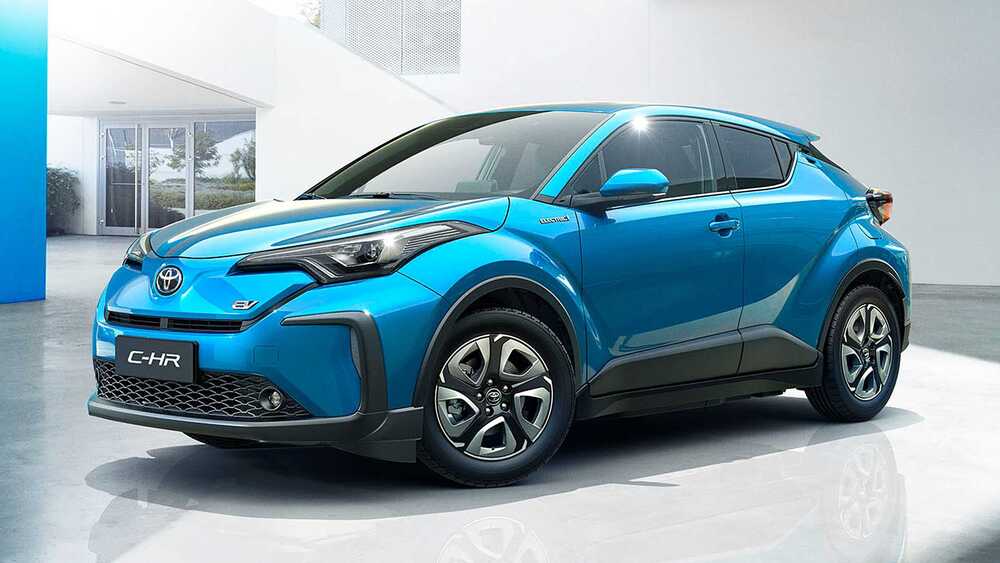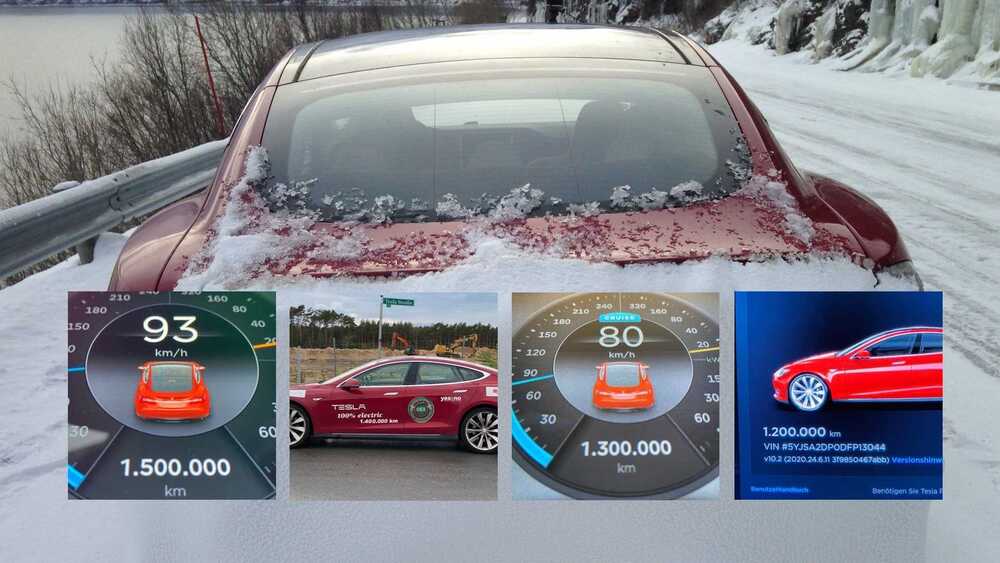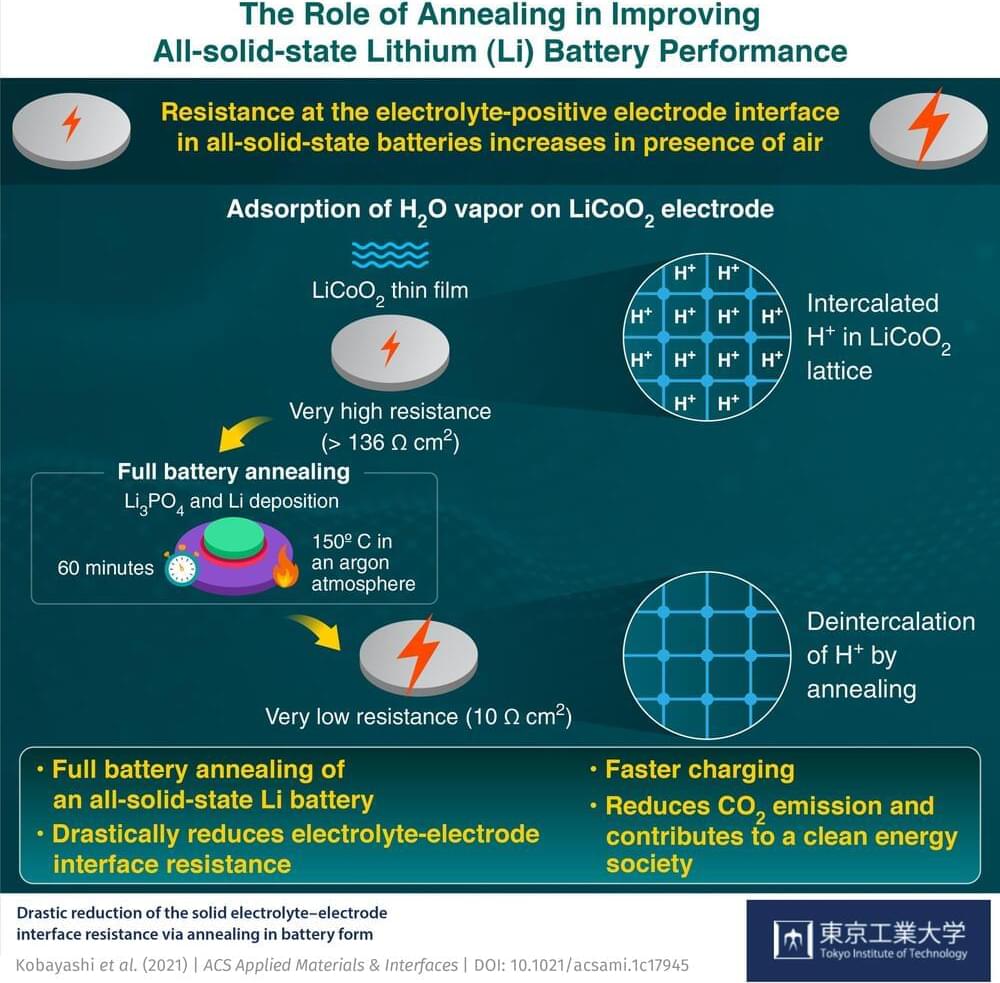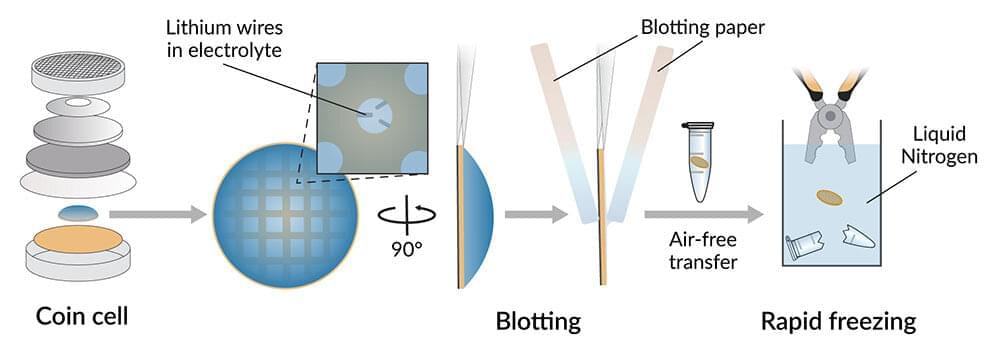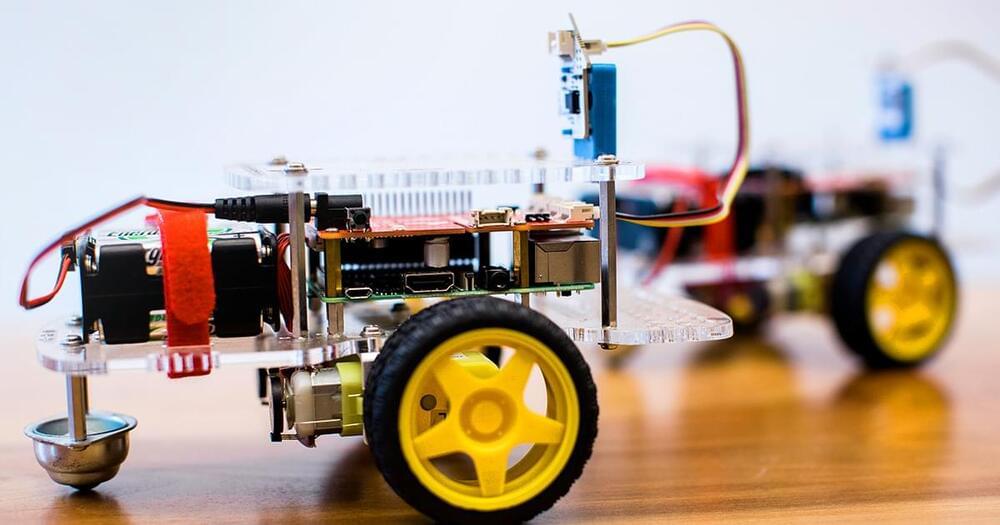Even though solid state batteries are seen as technology that could drastically improve today’s fully-electric vehicles, it seems the first vehicles to feature one won’t actually be EVs. This is at least true in Toyota’s case since the manufacturer has now confirmed that its first solid state-equipped vehicles will be hybrids expected to debut in two or three years’ time.
The news comes from Gill Pratt, Toyota’s chief scientist and head of the Toyota Research Institute, who made the announcement during an interview for Autoline. He also mentioned that the manufacturer has made progress with its solid state project and that development is on schedule.
He did not say which hybrid Toyota will get a solid state battery, but he did go on to explain why it won’t immediately offer solid state EVs. The main reason has to do with the size of the battery pack, which for a hybrid vehicle that still has an internal combustion engine, is considerably smaller than what you see in pure EVs.
